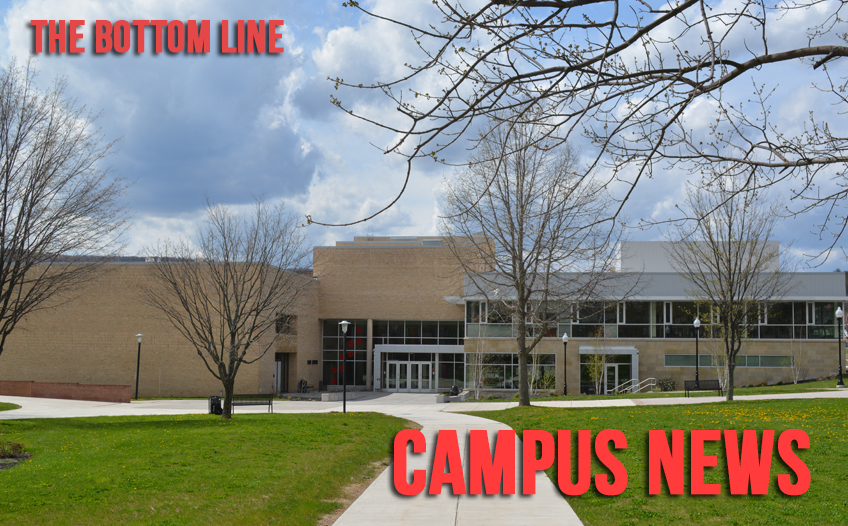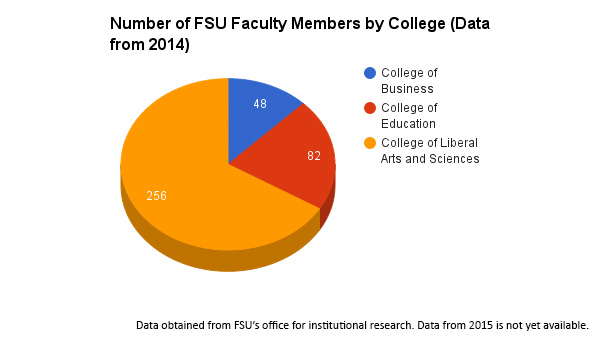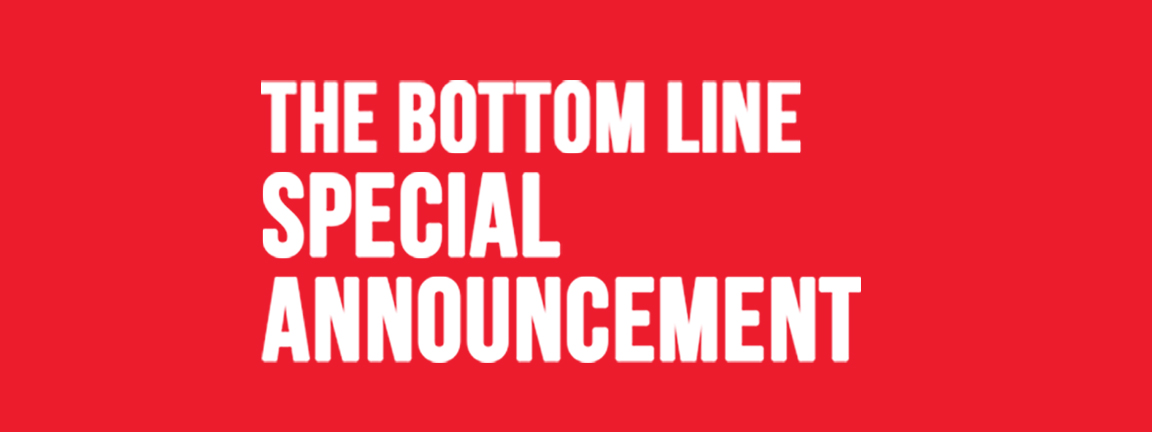University Officials Consider Dividing College of Liberal Arts and Sciences
At an August faculty senate meeting, Dr. Ahmad Tootoonchi, Frostburg State University’s interim provost, discussed the possibility of splitting the College of Liberal Arts and Sciences into two colleges.
The goal of dividing the college in half, Tootoonchi said, is to make the colleges more efficient and more effective by improving communication within the colleges. At present, the College of Liberal Arts and Sciences (CLAS) contains 18 academic departments that vary from physics and engineering, to theatre and fine art.
By comparison, the College of Business consists of only four academic departments, and the College of Education consists of only two academic departments.
Salisbury University, a peer institution of FSU, has four schools: business; liberal arts; science and technology; and education and professional studies.
“Based on my approximately 30 years of leadership and management, I found CLAS to be too large for effective and efficient management of resources,” Tootoonchi said.
Tootoonchi said he has not made a formal proposal to do this, but he did request that Dr. Joe Hoffman, the dean of CLAS, begin an investigation to determine the faculty’s interest in splitting the college into two parts.
In an email to The Bottom Line, Hoffman said, “My Dean’s Advisory Council has been working to develop a process for researching possible restructuring of CLAS. We will be conducting a survey within the next few weeks.”
After the survey is completed, CLAS faculty will vote on whether to split into two smaller colleges. If the majority vote to split the college, several task forces will be put together to research how best to organize the two colleges. At least two task forces will be assembled, but there may be as many as CLAS faculty desire, Tootoonchi said.
“Each task force should be charged with development of a model,” said Tootoonchi. “Should CLAS be divided into two colleges? If yes, how do we group the departments that currently exist in CLAS? Should we put math and sciences in one group, and arts and humanities in another? Should we use a different model?”
The task forces will then present their findings to the CLAS faculty, and another vote will be held to decide which model to adopt. At this point, the model would be presented to Interim President Tom Bowling.
Ultimately, this decision would have to be approved by the University System of Maryland Board of Regents.
If CLAS is split into two colleges, one new dean would have to be hired, according to Tootoonchi.
“The way I presented my recommendation for this is that, presently, CLAS has one dean, two associate deans, and two staff members,” Tootoonchi explained. “If faculty of CLAS agree and make an agreement to break this college in two smaller colleges, Dr. Hoffman will be given the choice to become the dean of one of the smaller colleges. He will be given the choice of taking one of his associate deans with him, and one of the staff members.”
The other associate dean and the other staff member will go to the new college. “All we will need is to hire a dean,” Tootoonchi said. “And based on the way that Dr. Bowling and I talked about it, there are areas that we made some decisions – personnel decisions – that saved the university some money, and we can fortunately use this source for hiring a new dean.”
“Based on my 30 years of leadership management, the salary we will pay the new dean will be worth our efforts and investment,” Tootoonchi said.
“The smaller the group, the more effective the communication, the higher the degree of the interactions, the more possibilities for different people from different background expressing their views, expressing their perspectives, looking at the situation from different angles. When the group is larger you reduce that possibility,” he said.
“I did not come up with this recommendation for restructuring of CLAS for self-serving purposes. It would not serve me as a person in any way. But in the long run, it would affect the university in a positive way, because it would be easier to function, more effectively and more efficiently if the groups are smaller.”






